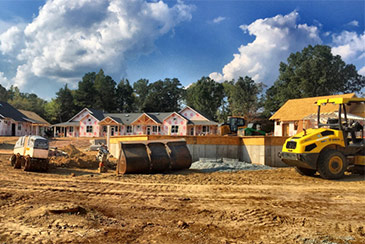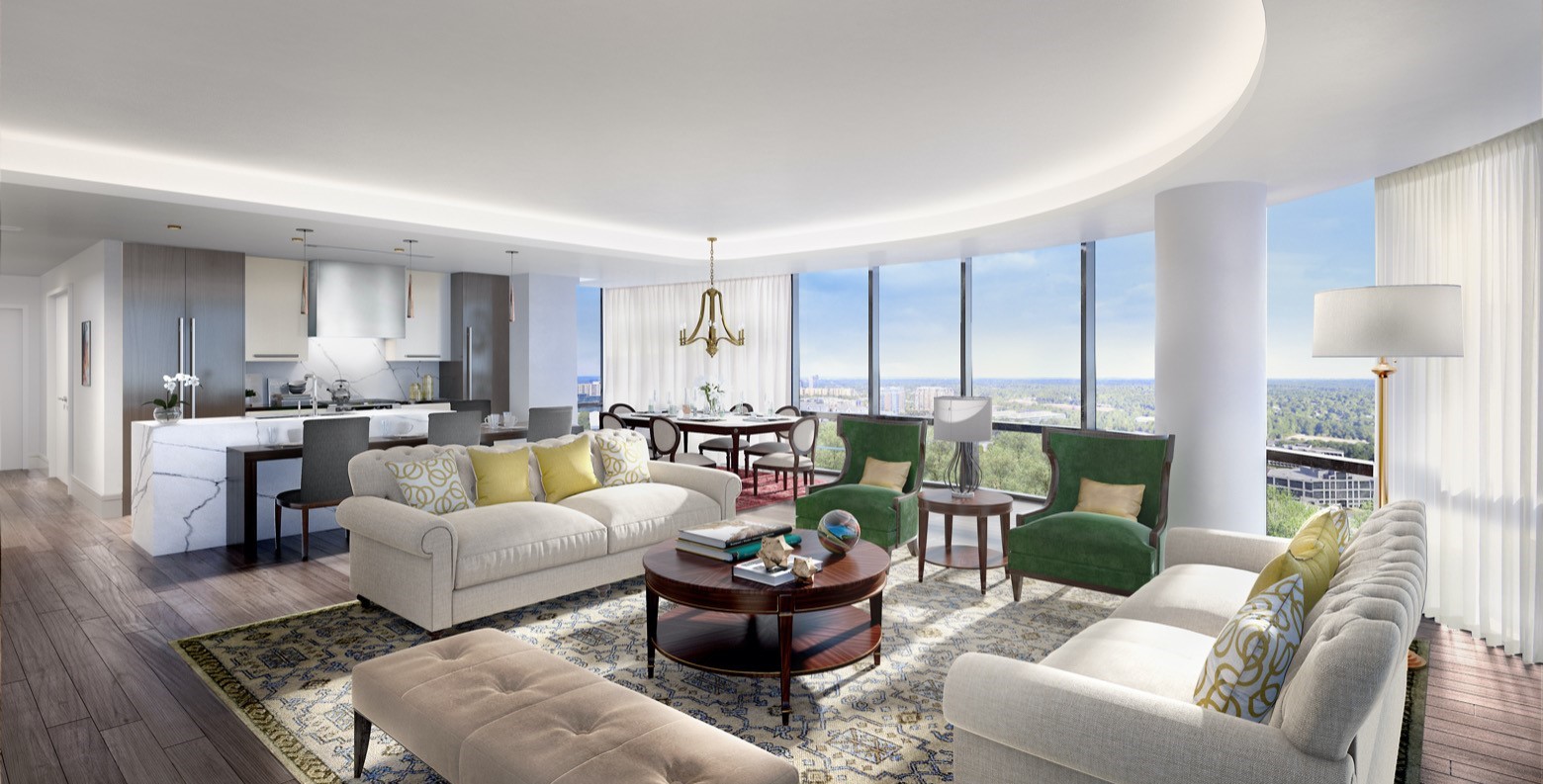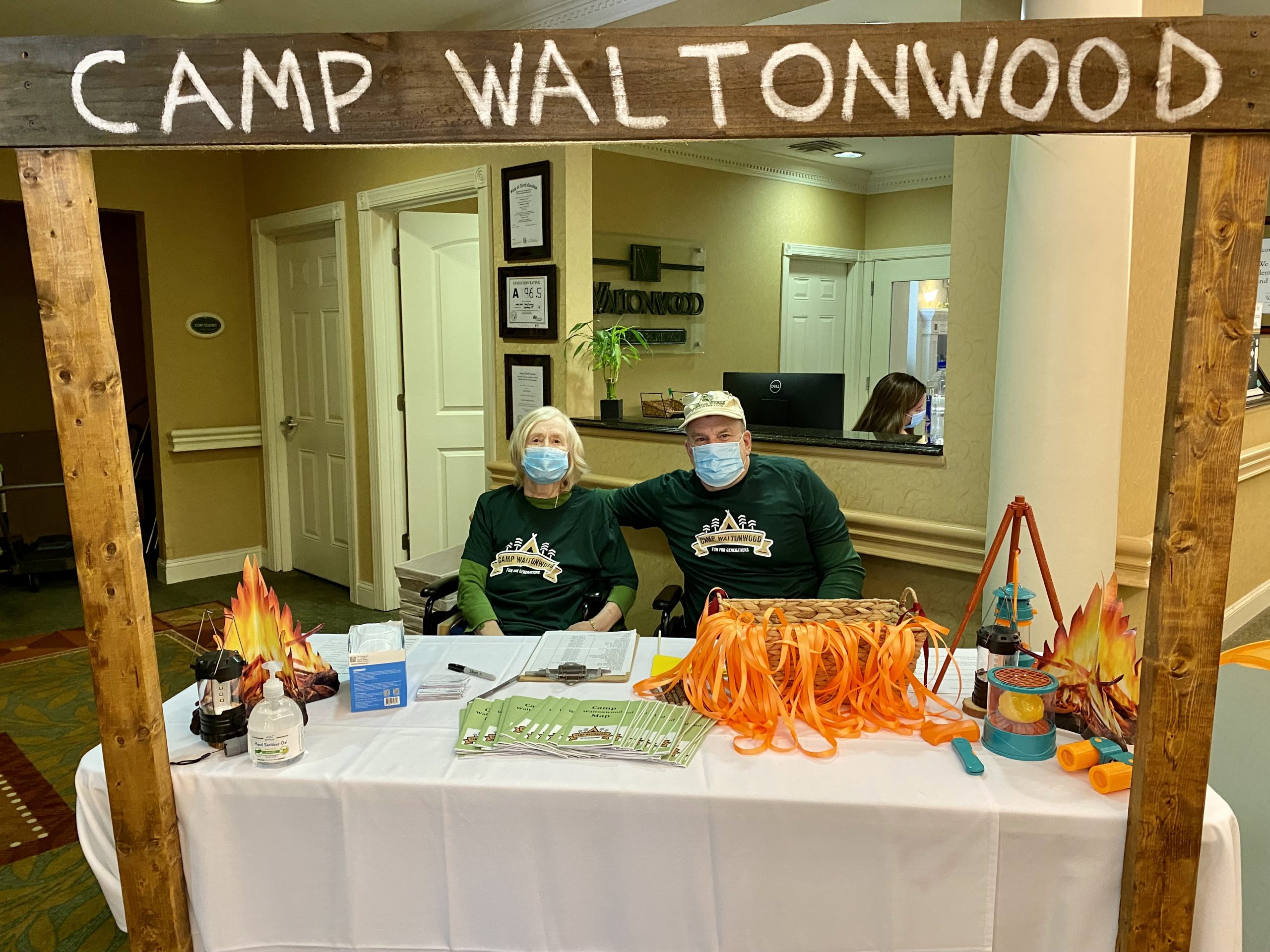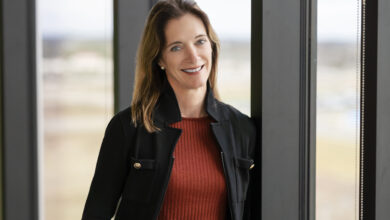
LGBT Senior Cohousing Values Diversity
By joe | November 8, 2019
Village Hearth Cohousing, the first and only LGBT senior cohousing community in North America, is under construction in Durham, NC, and on course for occupancy in spring 2020.
The 55+ intentional neighborhood of LGBTs, straight friends and allies will consist of seven “quads” comprised of four one-story cottages on one end of a beautifully wooded 15-acre plot just 15 minutes from downtown Durham.
All 28 fully functional cottages—650 to 1,150 square-feet with large front porches and small, private backyards—are being built simultaneously, clustered closely around the 2,600-square-foot Common House, leaving almost 10 acres for natural open spaces, gardens and outdoor activities.

The quad design provides energy and construction savings. Smart principles of Universal Design ensure the entire community is accessible—no thresholds, roll-in showers and no more than 5% grade slope.
The Common House will include a kitchen, large dining/meeting room, sitting/game room with gas fireplace, office, laundry room, exercise room and sewing/craft room.
Other plans include a separate workshop, art studio, storage building (for bikes, kayaks, etc.), dog park, gardens, walking trails and fire pit after residents move in. All but four homes have been purchased, with owners’ ages ranging from 55 to 73.
Residents are members of Village Hearth Cohousing, LLC, formed in 2015. Legally it will be a condominium complex, and the LLC will convert to a home-owners association. Members actively participate in the design and operation of the community but do not share finances. The site plan came about from a highly participatory design workshop with California firm McCamant & Durrett Architects | The Cohousing Company.
Village Hearth Cohousing is more than a set of structures. It represents community, camaraderie and safety for the residents who will occupy these special homes. It holds at its core the value of creating community for LGBTs, straight friends and allies. This senior cohousing community is the first in the nation dedicated to LGBT issues while maintaining the values that form the basis of many cohousing communities: environmental, social and economic sustainability.
“Village Hearth Cohousing fills the need for LGBTs to have a secure, open and supported senior living lifestyle. This group of individuals is doing something wonderful for themselves and answering broader social questions along the way as they create a true community of safety, affirmation and belonging. It is an honor and privilege to work with this dedicated group of seniors,” said Charles Durrett, Village Hearth Cohousing architect, a leader in the cohousing movement who has created over 50 cohousing communities in the U.S. and Canada and consulted on many more around the world.
Durrett and Katie McCamant, now Cohousing Solutions president and Village Hearth development consultant, are credited with coining the term “cohousing” and bringing the concept to the U.S. in 1988 after studying extensively in Denmark where it has been around for much longer. Cohousing provides an inherent sense of community reminiscent of a small village and is created and managed by its residents, who value a healthy mixture of privacy and community.

Private homes strategically positioned around a common area facilitate the maximum possibility of social interaction between neighbors. One key characteristic of cohousing communities is breaking bread together regularly in the Common House.
Houses tailored for seniors create easy transitions throughout each individual home, and pedestrian paths replace the need for driving. Most importantly, each individual in the community has a voice, and the neighborhood is co-created.
Member Linda Hobbet, 71, who joined in 2015 and moved from Georgia in 2018 to be part of the planning of the senior cohousing community, told Senior Living News that most cohousing is multi-generational, usually 16-40 households, and senior cohousing is a newer development.
“Village Hearth is run by the process of consensus and managed by the people who will live there,” she said. “We decided on 28 households with no plans to get larger. When it gets larger than that, it’s harder to reach consensus.”
Hobbet said cohousing varies enormously, citing Durham Central Park Cohousing, an urban apartment building with condominiums in downtown Durham, and Elderberry Cohousing in a rural setting north of Durham featuring duplexes and quadraplexes.

“Village Hearth Cohousing will bring together LGBTs, straight friends and allies with the intention of aging gracefully and sustainably as ‘good neighbors,’ balancing private cottage living with social opportunities and community support,” said Village Hearth Founding Member Pat McAulay.
Current members are single and coupled, working and retired, bringing a variety of professions, skills and interests to share. Hobbet said that about 65% are LGBT.
Many are moving from other locations including Los Angeles, Cincinnati, Boston, Nashville and Atlanta. In the meantime the community uses email, phone calls, visits, and video-conferencing to keep everyone involved.
“We don’t necessarily know which residents are LGBT. We want people with similar values, and we value a diversity of people,” Hobbett explained.
Village Hearth has been mentioned in New York Times, Time Magazine and Parade stories, to name just a few—the Parade piece alone prompting 200 newsletter signups. Members host frequent meet-and-greets throughout the region and will continue to maintain a wait list.
LGBT seniors may face more than the usual hurdles as they age. Some are known to have gone back “in the closet” for fear of discrimination or harm in healthcare and nursing facilities. Many LGBTs do not have the support of their families, do not have children, and fear lack of recognition of their families of choice.
“We want to be able to live comfortably as ourselves, without having to hide any aspect of ourselves,” said McAulay. Cohousing provides a place for people with a similar history to come together. With many conventional retirement and aging options closed to LGBTs, this makes the model of a senior cohousing community an important solution.
Village Hearth Cohousing seeks to be a model for others across the nation to come together as “out and proud” seniors who support each other through this process called aging. Village Hearth will provide the comfort and safety of living among those who share similar life experiences, with the recognition of how far LGBTs have come, and an understanding of what’s important to preserve and defend while creating the experience of the best years yet.
The notion of ‘creating place’ is both essential and deeply heartfelt. “In New York, there was this pride about not knowing your neighbor—but now it’s time to not only have neighbors but to know them. To be among people who care about you,” said Christopher Ross, Village Hearth founding community member.




